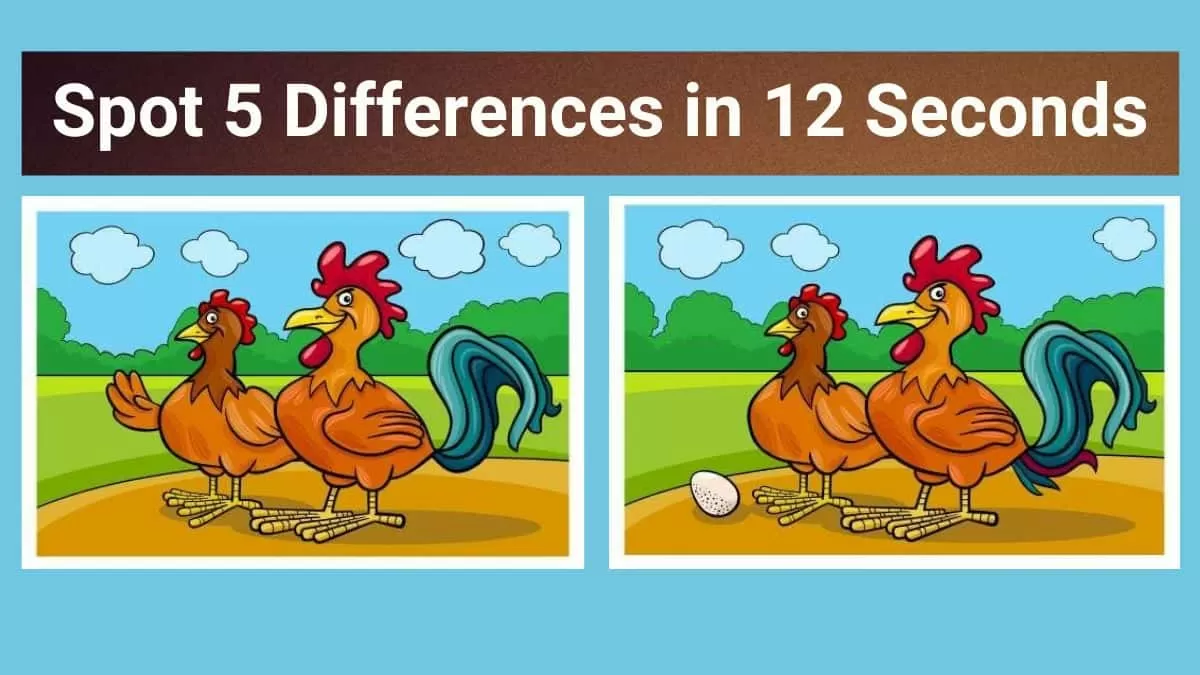The world of vehicles is like a grand symphony, each component playing its own unique note to create a harmonious experience. Among these, understanding the distinction between 4H (four-wheel high) and 4L (four-wheel low) is crucial for driving enthusiasts and off-road adventurers alike. This knowledge is akin to holding the conductor’s baton; it allows the driver to orchestrate the perfect interplay between power and finesse under varying conditions.
To illustrate, imagine a meticulous chess game. Just as a player must consider the positioning and movement of their pieces, a driver must understand the optimal use of their vehicle’s drivetrain. The choice between 4H and 4L can be pivotal, akin to selecting the right strategy to conquer an opponent. Both modes of operation enhance traction and control, yet they serve distinctly different purposes.
4H: High Gear for Everyday Adventures
4H is akin to the expansive ocean, smooth and often predictable, suitable for a variety of terrains encountered in daily driving or light to moderate off-road situations. When engaging this mode, the vehicle distributes power to all four wheels while maintaining a higher gear ratio. This is ideal for managing slippery surfaces, such as wet roads, mud, or light snow, without sacrificing speed.
In 4H, the vehicle operates efficiently and seamlessly, akin to a well-oiled machine gliding through the gears of a clock. The higher gear ratio facilitates better fuel efficiency compared to 4L, making it perfect for longer drives where smooth transitions and stability are of utmost importance. You can tackle rolling hills or meandering trails with confidence, without straining the engine or compromising comfort.
However, it’s essential to recognize the limitations of 4H. While it shines in moderate challenges, venturing into more treacherous terrains demands a switch in tactics. This is where 4L comes into play.
4L: Low Gear for Extreme Terrain Challenges
Imagine the rugged cliffs of a steep mountain, where only the most steadfast explorers dare to roam. This realm is where 4L reveals its true prowess. It operates at a much lower gear ratio, providing the engine with more torque—perfect for tackling formidable obstacles, deep snow, or rocky trails at ultra-low speeds.
The feeling of engaging 4L is reminiscent of lowering the anchor before disembarking into treacherous waters. It gives the driver unparalleled control, allowing for granularity in navigation through arduous paths. With 4L engaged, power is routed meticulously to each wheel, offering the traction necessary to climb boulders or traverse deep ruts without the risk of getting stuck.
An essential aspect to consider when using 4L is speed: the vehicle is intended to crawl rather than race. This mode prioritizes control over velocity, transforming obstacles that might seem insurmountable into mere stepping stones on the journey. Think of it as a trusty steed only galloping when needed, yet perfectly content to traverse difficult terrain at a steady pace.
Comparative Analysis: 4H vs. 4L
When deliberating between 4H and 4L, one must contemplate not only the terrain but the desired outcome of their expedition. The metaphor of a craftsman selecting tools comes to mind. Each tool has its purpose; combining them wisely can lead to extraordinary results. In the same vein, drivers must assess the match between their driving conditions and the capabilities of their vehicle’s drivetrain.
Transitioning from 4H to 4L can be likened to stepping up from a gentle stroll to an intense rock climb. 4H allows cruising through forests and rural roads, but when facing an uphill battle, 4L becomes invaluable. Drivers must be mindful that shifting between these modes typically requires a full stop, ensuring that the vehicle can execute the transition smoothly without undue strain.
Moreover, the intricacies of engagement vary depending on the vehicle itself. While some modern SUVs and trucks offer sophisticated electronic systems that can automatically determine the best driving mode, traditional vehicles require drivers to manually toggle between 4H and 4L, reiterating the importance of education and understanding of one’s own machine.
Final Thoughts: Mastering Your Drivetrain
The essence of mastering the differences between 4H and 4L lies in recognizing their respective strengths and weaknesses. Much like crafting an exquisite piece of art, it demands patience, awareness, and a keen understanding of your vehicle’s capabilities and the environment surrounding it. With this knowledge, drivers can embark on their journeys with confidence, knowing they are prepared to tackle whatever challenges lie ahead.
In conclusion, embracing the capabilities of 4H and 4L opens up new frontiers for exploration. By weaving the right strategies into your driving habits, you create not just a journey, but a rich tapestry of experiences and adventures along the way. Navigate your path expertly, and every drive will be a story waiting to be told.
